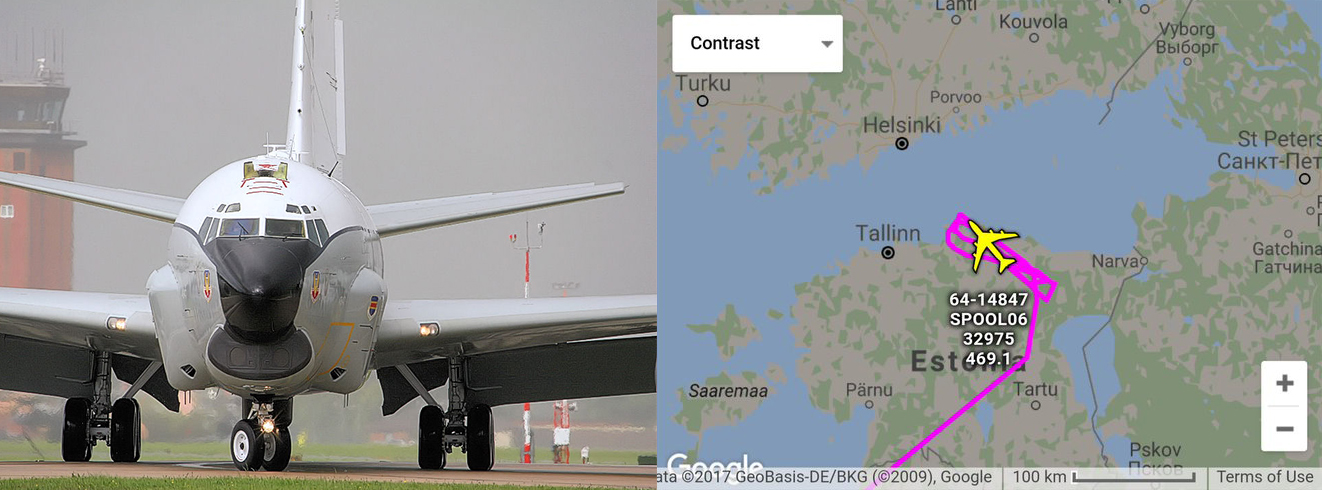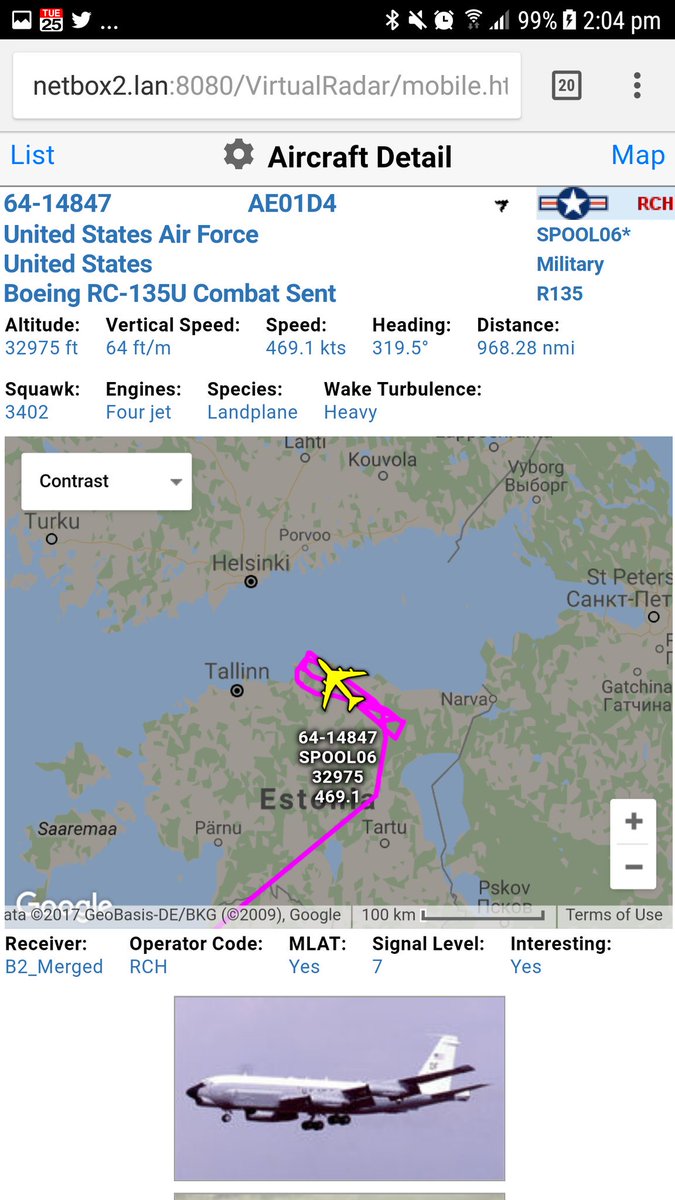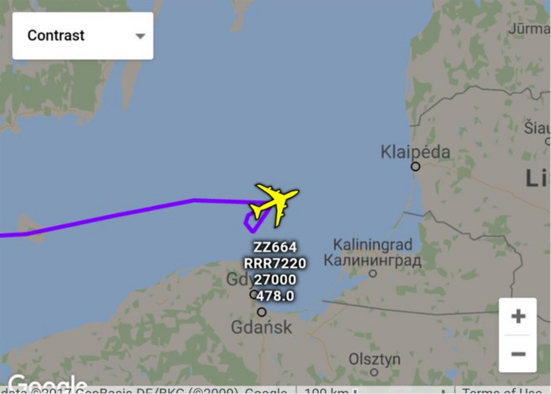During the campaign, so many friends and acquaintances said the only reason to vote for Trump was the Supreme Court….we needed someone like Gorsuch. We got him, so have we seen the best we are going to get out of this White House in the next 4 years? Sure, we have been delighted about several executive orders, some which have positively changed the outlook and business attitude across the country and for many industries. But are those signatures enough and is it governing?
Much has been in the news in recent days about the omnibus bill where the Republicans and conservatives did not get ask for or receive any dollars from the campaign and Trump pledge list….wait until September we are told. So, the ‘art of the deal’ comes in September?
Anyway….is there some other obscure liberal standard and connections at this Trump White House we are not watching or giving enough attention to? My answer is YES. I am not seeing any swamp being drained, are you? Read on. This post is merely fair warning….keep watch.
I would ask all you readers to please check out Jared and Ivanka….they are quite troubling….
During the campaign season much was in the media that we are supposed to hate on Goldman Sachs and George Soros…okay fine…. so are they both acceptable today just because of Donald Trump? Hello?
*** Here is an item of real concern…..
Now, according to news reports, Ivanka Trump, while a federal employee, is soliciting donations for a new fund from foreigners. This comes on top of instances in which she sat with heads of state (from Japan and China) at a time that her business was doing deals in their countries.
Mike Allen, co-founder and executive editor of AXIOS Media and former chief political reporter for Politico, reported: “Ivanka Trump told me yesterday from Berlin that she has begun building a massive fund that will benefit female entrepreneurs around the globe. Both countries and companies will contribute to create a pool of capital to economically empower women. … Canadians, Germans and a few Middle Eastern countries have already made quiet commitments, as have several corporations, a source said.” The OGE guidelines specifically state: “Executive branch employees are subject to restrictions on the gifts that they may accept from sources outside the government. Unless an exception applies, executive branch employees may not accept gifts that are given because of their official positions or that come from certain interested sources.” More here.
***  Link
Link
Jared Kushner disclosure form left out stake in tech startup Cadre
Jared Kushner, the president’s son-in-law and senior adviser, didn’t identify on his government financial disclosure form that he is currently a part-owner of a real-estate finance startup and has a number of loans from banks on properties he co-owns, according to securities filings.
Kushner’s stake in Cadre—a tech startup that pairs investors with big real-estate projects—means the senior White House official is currently a business partner of Goldman Sachs Group Inc. GS, +0.12% and billionaires including George Soros and Peter Thiel, according to people close to the company.
The Cadre stake is one of many interests—and ties to large financial institutions—that Kushner didn’t identify on his disclosure form, according to a Wall Street Journal review of securities and other filings. Others include loans totaling at least $1 billion, from more than 20 lenders, to properties and companies part-owned by Kushner, the Journal found. He has also provided personal guarantees on more than $300 million of the debt, according to the analysis.
Need something more on Ivanka now? Okay…no one bothered to check ethics law or with the Ethics Office.
Anyone remember Jamie Gorelick?
Attorney Jamie Gorelick had just finished vetting potential Cabinet secretaries for Hillary Clinton — and raising money for the failed 2016 Democratic nominee — when Jared Kushner called her last year, seeking legal counsel.
Gorelick, who served as deputy attorney general under President Bill Clinton and a former member of the 9/11 Commission, was recommended to Kushner by former News Corp. executive Joel Klein, who now serves as chief strategy officer at Oscar, the health insurance company co-founded by Kushner’s younger brother, Josh. Klein told Jared Kushner he needed a real lawyer to sort through nepotism and conflict-of-interest concerns that could bar him from working in the White House for his father-in-law, President Donald Trump.
“He said that Jared was a good person, and that he thought he would be a good influence on the administration,” Gorelick said in an interview Thursday afternoon, sitting in a sunny conference room at her law firm, Wilmer Hale.
Gorelick, widely rumored to have been Hillary Clinton’s front-runner for attorney general, hesitated before agreeing to represent someone who served as the de facto campaign manager for a candidate who encouraged chants of “Lock Her Up” at rallies.
“At the time, I was grieving for Hillary Clinton,” she said. “This was not the transition I was contemplating working on — at all. And I didn’t know Jared Kushner. And I did think twice about it.”
Since signing on with Kushner, Gorelick has been in the spotlight for lending credibility to his efforts to comply with federal ethics laws — as well as those of his wife, Ivanka, also a Gorelick client.
It has been an uncomfortable position for a dyed-in-the-wool Democrat to assume, and Gorelick has been shocked by the vitriol that has been hurled in her direction.
“Hey Jamie Gorelick, you’ve just poured that ‘Complicit’ perfume on yourself. #Ivanka,” top Democratic consultant Hilary Rosen, also a former Clinton surrogate and a partner at SKDKnickerbocker, tweeted, in reference to a “Saturday Night Live” sketch about an Ivanka Trump-branded scent called “Complicit.”
Gorelick sees herself as part of a time-honored Washington tradition of well-respected lawyers representing clients from the opposite party. Two of President Bill Clinton’s chiefs of staff, Mack McLarty and Erskine Bowles, turned to Arthur Culvahouse, former White House counsel under Ronald Reagan, to oversee their ethics arrangements, as did members of President Barack Obama’s administration.
In hiring Gorelick, Ivanka Trump and Kushner — two expats from Midtown Manhattan, who are part of an administration trying to upend all of Washington’s norms — are simply following that old D.C. playbook, buying themselves the patina of a former Clinton Justice department official vouching for their good names.
But Gorelick is testing whether that norm still holds true in Trump’s Washington. Many former Clinton diehards have branded themselves as “the resistance” and view any effort to work with advisers close to the president as an obscene attempt to “normalize” a politically abnormal president. For this liberal crowd, Ivanka Trump and Jared Kushner — branded as the moderates of Trump’s world — are viewed as extensions of the president, just operating under more glamorous, and therefore dangerous, facades.
Earlier this week, Gorelick vouched for Ivanka Trump’s ability to work as a de facto full-time White House adviser — complete with a security clearance, a West Wing office, and a government-issued phone — without formally becoming a government employee. Under the unprecedented arrangement, the first daughter will only voluntarily submit herself to ethics laws, without taking an oath of office that would subject her to disclosure and other requirements.
Gorelick also maintains that it would be impossible for Ivanka Trump to sell her eponymous fashion and jewelry line, because the buyer would be able to use her name — acknowledging there’s no way to create a setup for the first daughter that would be free of conflict of interest.
“The swirl of money and conflicts is unprecedented and their arrangements are not curing it,” said Robert Weissman, president of the nonprofit Public Citizen. “That Ivanka Trump has branded her company with her name is a complicating factor, and it should be, for her, not for the American people. Looking at [Gorelick’s] comments saying it doesn’t work for Ivanka to sell off the company — well, then maybe it doesn’t work for her to be in government.”
Even inside the Republican Party, the bipartisan spirit of the Washington power lawyer scene is being tested. “Some of my Republican friends who are ‘Never Trumpers’ are not particularly happy that I wound up doing the vice-presidential vetting,” Culvahouse conceded. “But the question is: Do you want him to fail, or do you want good people to get in? Is President Trump better served with Kushner and Ivanka serving with him in the White House? Absolutely he is.” More here.


 Shortly thereafter, even a
Shortly thereafter, even a 

